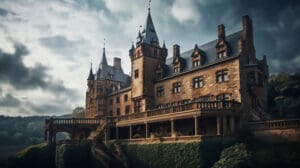Brian Friel: His Amazing Life, Work, and Legacy
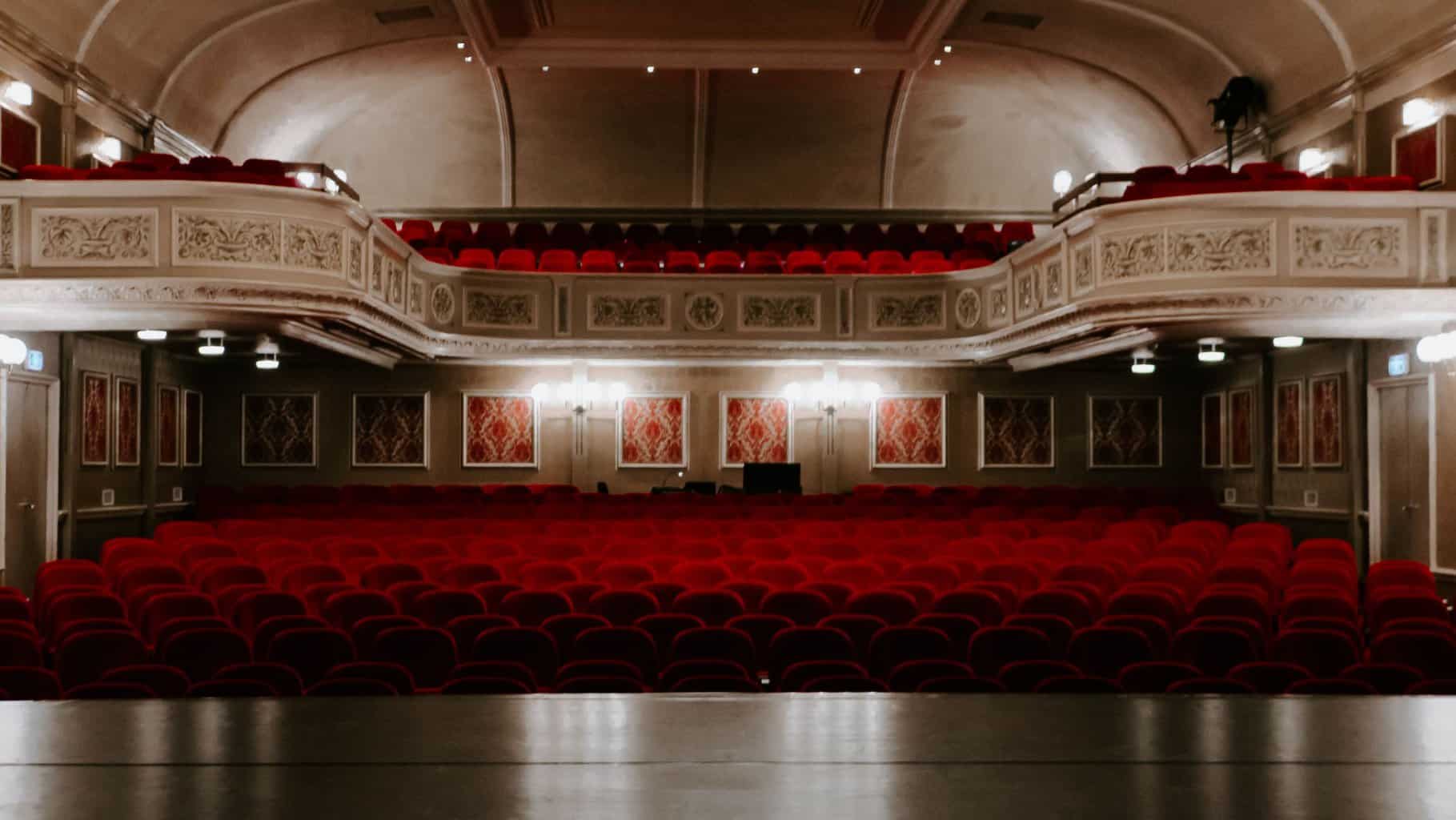
Updated On: February 01, 2024 by Ciaran Connolly
Brian Friel is a prominent name within Ireland’s literary world. During his lifetime, he created many poems, plays and short stories. In addition, he penned many well-known pieces, including Transitions and Faith Healer, and many more.

Through his masterful storytelling, Friel has illuminated the complexities of the human condition, particularly in the context of Ireland’s turbulent history and evolving identity.
From his early works to his celebrated masterpieces, Friel’s artistry invites us to contemplate the intricacies of human relationships, the nuances of language, and the enduring power of storytelling itself.
Continue reading to discover the life and work of magnificent writer Brian Friel and his accomplishments. Simply scroll down through the article or jump ahead by clicking on one of the headings in the table of contents below!
Table of Contents

The Early Life of Brian Friel
Brian Patrick Friel was born in Knockmoyle, County Tyrone, on 9 January 1929. As a result, he grew up during the Irish Troubles, which would go on to influence his later writing. Friel was first educated at Long Tower School in Derry, and then he attended St. Columb’s College in Derry.
Interestingly, St. Columb’s College was also attended by two other famous authors: Seamus Heaney and Seamus Deane. Friel pursued further education at St. Patrick’s College in Maynooth, where he was on the path to priesthood. However, he left before ordination and instead received his Bachelor’s Degree.
After leaving St. Patrick’s College, Brian Friel attended St. Joseph’s Teacher Training College in Belfast, now called St. Mary’s University College. He graduated as a qualified teacher and found full-time work in many schools around Derry.
Friel married Anne Morrison in 1954, and they had five children together: four daughters and one son. In 1960, Brian Friel began pursuing his career as a writer. Later, in 1969, he moved to Donegal to escape the political climate of Northern Ireland at the time.
His first published work was his short story “The Child“, which was published in 1952. However, this did not cement his career as a writer; he was nominated to serve as a member of the Irish Senate in 1987 and served until 1989.
Brian Friel, an Irish Playwright
Throughout Brian Friel’s literary career, he wrote many plays. His first stage play, “The Francophile“, premiered in Belfast in 1960 and was later renamed “A Doubtful Paradise“. In 1964, Friel created his first major success: the play “Philadelphia, Here I Come!”. This play is one of his most famous plays. However, it was not his only success.
Following “Philadelphia, Here I Come!” came Friel’s “The Loves of Cass McGuire” (1966) and “Lovers” (1967), which both did well. His subsequent great successes are “Faith Healer“, first performed in 1979 and “Translations“, which premiered in 1980.
Throughout his literary career, Friel published over 30 theatrical works. Below, we delve into the storylines, characters, and details of some of his most famous pieces worldwide:
“Philadelphia, Here I Come!”
“Philadelphia, Here I Come!” was Brian Friel’s first major success. It premiered in Dublin in 1964 before performances began in London, New York, and other major cities over the following 2 years.
Plot Summary
“Philadelphia, Here I Come!” is a poignant and thought-provoking play by the acclaimed Irish playwright Brian Friel. Set in the small fictional town of Ballybeg in County Donegal, Ireland, the play offers a glimpse into the life of Gareth O’Donnell, a young man on the verge of emigrating to Philadelphia in search of a better future.
The play unfolds over the course of one evening before Gareth’s departure. What makes the play unique is its dual character portrayal: Gareth is presented as both the public “Gar” and the private “Gar Private,” representing his external and internal thoughts, respectively.
This duality allows the audience to witness the stark contrast between what Gareth shows to the world and what he truly feels deep down.
“Philadelphia, Here I Come!” is a deeply introspective play that delves into themes of identity, nostalgia, the weight of family expectations, and the longing for personal fulfilment. Friel’s skilful use of humour and pathos brings out the universal human struggle between the need to break free from one’s past and the pull of familial and societal ties.

As Gareth prepares to leave for Philadelphia, the play leaves the audience with a sense of both anticipation and melancholy, capturing the bittersweet essence of personal transformation and the irrevocable changes that come with leaving one’s homeland in search of new horizons.
It is a timeless exploration of the human condition that continues to resonate with audiences around the world.
Characters
- The main character, Gareth, is split into two characters: Public Gareth and Private Gareth. Each version of Garath, commonly called Gar, is portrayed by different actors.
- S.B. O’Donnell is Gareth’s father. He is an emotionally unavailable character. This annoys Gareth as his father does not seem upset at his leaving.
- Madge is Gareth and his father’s housekeeper. She is somewhat portrayed as a mother figure in Gareth’s life. She also gets annoyed at S.B. for his emotional unavailability towards his son.
- Kate Doogan is Gareth’s love interest in the play. She is a big reason for Gareth moving to the United States. Although they both love each other, she is married to another man.
- Senator Doogan is Kate Doogan’s father. He studies law and is suggested to be wealthy. He also thinks Gareth is not good enough for his daughter since he comes from a less well-off family.
- Master Boyle is the local teacher in the piece. He is a self-centred alcoholic who attempts to boast himself up with lies. However, he is pitied by many of the other characters who know he is lying.
- The Canon (Mick O’Byrne) is S.B.’s only friend who comes to visit. He is “lean” and “white” and has a predictable nature. Friel uses him as a symbolic representation of the Catholic Church.
- The Sweeneys (Lizzy, Maire and Con) are part of Gareth’s extended family. Lizzy is Gareth’s aunt, Maire is Lizzy’s sister who died, and Con is Lizzy’s husband. Gareth plans to move to America to stay with Lizzy and Con, who live in Philadelphia, Pennsylvania.
- The Boys (Ned, Joe and Tom) are Gareth’s friends who are loud and energetic characters.

Popular Quotes
“Philadelphia, here I come, right back where I started from…”
“Screwballs, say something! Say something, Father”!
-Gareth’s wish for his father to show some sort of emotion as he’s leaving.
“I’ve been offered a big post in Boston, head of education in a reputable university there.”
-One of the many lies told by Master Boyle.
“Faith Healer”
The play “Faith Healer” is another of Friel’s most famous works. It premiered in Boston, USA, on 23 February 1979.
The piece was so influential, in fact, that it was voted one of the 100 most significant plays of the 20th century and is often listed as one of the 40 best plays of all time.
Plot Summary
“Faith Healer” is a mesmerizing and enigmatic play that unfolds as a series of monologues and memories, offering a fragmented and haunting exploration of faith, healing, and the power of storytelling.
The play revolves around the character of Francis Hardy, a travelling faith healer from Ireland, his wife, Grace, and his manager, Teddy.
Francis, known for his seemingly miraculous healing abilities, travels from town to town in the United Kingdom and Ireland, holding healing sessions in small venues. However, his gift is inconsistent, and his success is marred by frequent failures.
The play is structured into four monologues, each presented by one of the three characters—Francis, Grace, and Teddy. They offer their own perspectives on the events that have transpired during their time together on the road.
Through their monologues, we gain insight into the complexities of their relationships, the elusive nature of Francis’s healing abilities, and the toll that a life on the periphery of society has taken on them.
Brian Friel’s “Faith Healer” is a deep exploration of faith, both in terms of religious belief and in the faith that people place in healers and miracle workers. It raises profound questions about the nature of truth, the role of storytelling in shaping reality, and the ways in which people cope with disappointment and loss.
The play’s structure and storytelling style make it a unique and challenging theatrical experience, as the characters present their versions of events, leaving the audience to piece together the truth from their conflicting narratives.
“Faith Healer” is a haunting and evocative work that invites viewers to contemplate the mysteries of human existence, the power of belief, and the often elusive nature of healing, both physical and emotional.
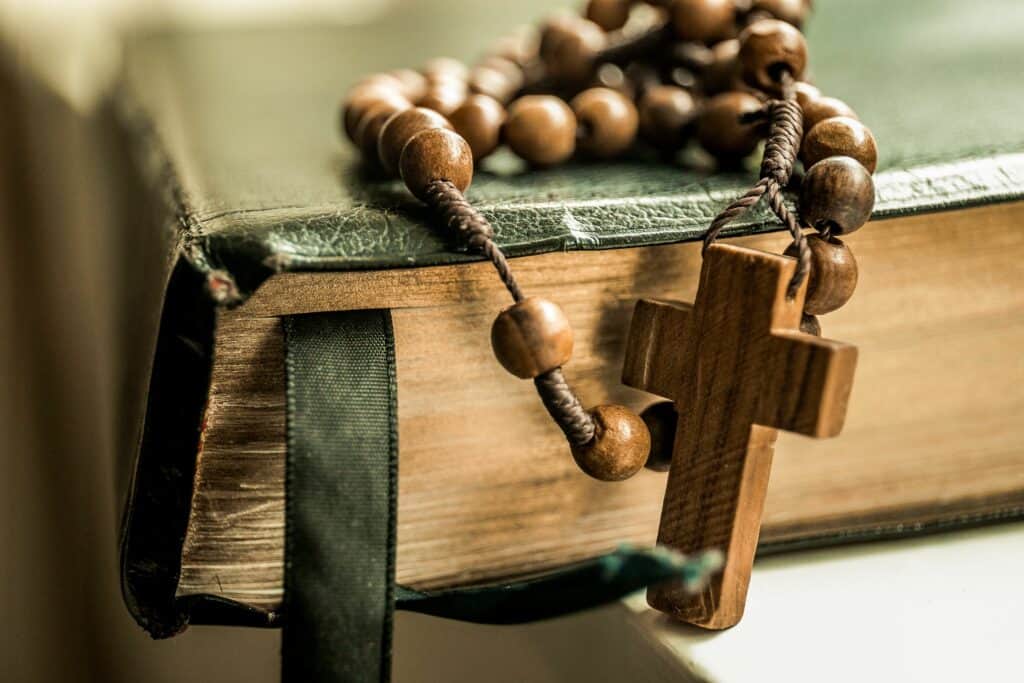
Characters
There are only 3 characters in “Faith Healer“:
- Frank Hardy, a faith healer who travels around Ireland and the UK to provide healing sessions. He claims he has the power to heal people as a gift from God, but sometimes his ‘gift’ doesn’t work as planned.
- Frank’s wife, Grace, leaves her upper-class luxury to follow Frank as he performs around the UK and Ireland.
- Teddy, Frank’s manager, who helps Frank as he travels the country.
Popular Quotes
“How did I get involved? As a young man, I chanced to flirt with it and it possessed me.”
“I had some envy of the man who could use the word “chicanery” with such confidence.”
“Faith healer — faith healing. A craft without an apprenticeship, a vocation without a ministry. How did I get involved? As a young man, I chanced to flirt with it and it possessed me. No, no, no, no, no — that’s rhetoric. No; let’s say I did it… because I could do it. That’s accurate enough.”
“Translations”
“Translations” was written in 1980 and first debuted in the Guildhall in Derry on 23 September that same year. This work was the first play ever to be performed by the Field Day Theatre Company. Although Brian Friel claims that “Translations” is “about language and only about language”, it covers a wide variety of topics.

Plot Summary
“Translations” is a powerful and thought-provoking play written in the early 19th century in the fictional Irish town of Baile Beag (Ballybeg). The play explores themes of language, identity, cultural imperialism, and the impact of historical and political forces on a small community.
The play revolves around the arrival of British military engineers to Baile Beag, who are tasked with conducting a comprehensive survey and mapping of Ireland, including the anglicization of Irish place names.
This process of renaming and anglicizing the landscape is symbolic of the broader British colonization and suppression of Irish culture and identity during the period.
The main characters of the story are Owen and Manus, two sons of the local schoolmaster, Hugh. The two men serve as translators for the British surveyors. Owen has adopted an English identity and is seen as a collaborator, while Manus remains rooted in Irish culture and values.
The arrival of a British officer, Captain Lancey, and his adjutant, Lieutenant Yolland, further complicates the dynamics as Yolland falls in love with a local Irish girl, Maire, and begins to question the cultural and linguistic divisions of the country.
As the play unfolds, tensions rise between the Irish-speaking community and the British soldiers and surveyors, leading to tragic consequences. “Translations” skillfully explores the complexities of language and communication, as well as the profound impact of colonialism on the Irish people.
It delves into the loss of language as a means of cultural expression and the erosion of Irish identity in the face of English domination.
Brian Friel’s “Translations” is a compelling and poignant exploration of the power of language to shape individual and collective identities, the clash of cultures, and the long-lasting effects of colonization. It serves as a powerful reminder of the enduring importance of preserving and celebrating linguistic and cultural diversity in the face of historical and political pressures.
Characters
- Manus is a son of Hugh. He is unemployed but works as a translator for the British Army.
- Owen is Manus’ younger brother and is a member of the English Army and was hired to help Yolland anglicize Irish placenames.
- Hugh is the father of Manus and Owen. He is the headmaster of the local hedge school. He is often drunk within the play and teaches his students Irish, Latin and Greek. He often quizzes his students on the origin of words.
- Sarah is a young character who has a speech defect. Manus helps her to speak her name.
- Lieutenant Yolland was sent to Ireland by the English Army to replace and rename Irish placenames throughout the country. However, he falls for both Ireland and Máire and begins to question if he should complete his assignment.
- Máire the love interest of both Manus and Yolland. She has ambitions to leave Ireland and to learn English.
- Jimmy Jack Cassie is a sixty-year-old bachelor who still attends evening classes at the hedge school. He is dirty, never washing or changing his clothes. He lives alone and only speaks in Latin and Greek.
- Doalty is a student at the hedge school. In the play, he breaks the theodolite machine. He is described as “open-minded, open-hearted, generous and slightly thick”.
- Bridget is a cunning and vain young student at the hedge school. She is described as “a plump fresh young girl, ready to laugh, vain, and with a countrywoman’s instinctive cunning”.
- Captain Lancey is in charge of the first Ordnance Survey of Ireland. Unlike Yolland, he does not like Ireland and does not respect the Irish people or try to understand them.
- The Donnolly Twins are referenced throughout the play. However, they are never seen on stage.
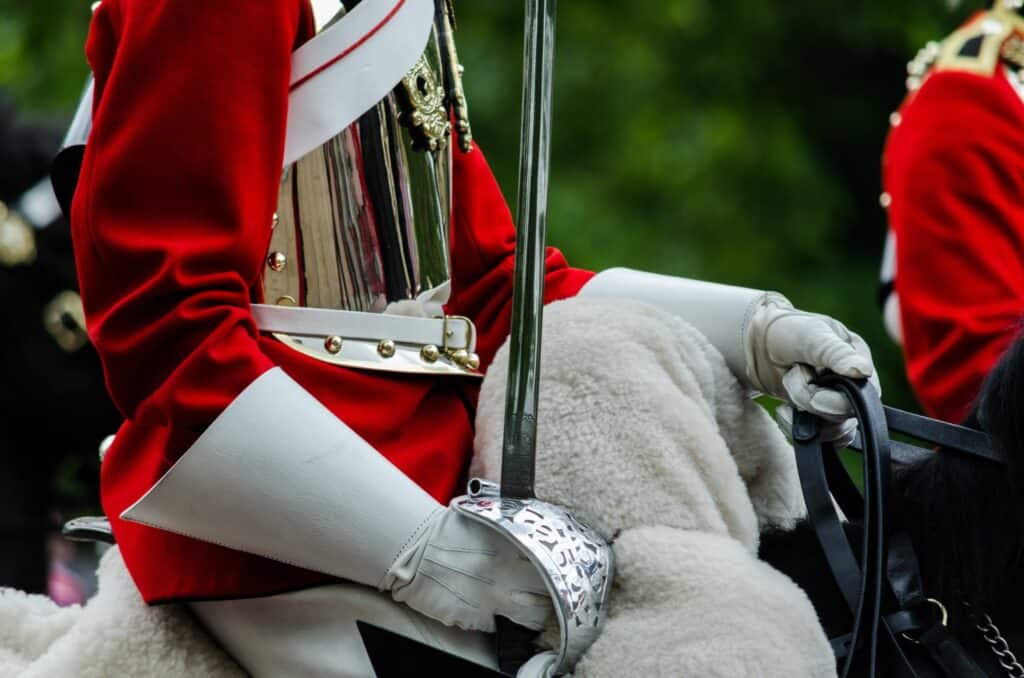
Popular Quotes
“Yes, it is a rich language, Lieutenant, full of the mythologies of fantasy and hope and self-deception – a syntax opulent with tomorrows. It is our response to mud cabins and a diet of potatoes; our only method of replying to… inevitabilities.”
“To remember everything is a form of madness.”
“Even if I did speak Irish, I’d always be considered an outsider here, wouldn’t I? I may learn the password, but the language of the tribe will always elude me, won’t it?”
“Savages. That’s what they are! And what pagan practices they have are of no concerns of ours—none whatever! It’s a sorry day to hear talk like that in a Christian home. A Catholic home.”
“No matter how long the sun may linger on his long and weary journey, at length evening comes with its sacred song.”
“…that it is not the literal past, the ‘facts’ of history, that shape us, but images of the past embodied in language.”
“Dancing at Lughnasa”
Brian Friel wrote “Dancing at Lughnasa” in 1990. The play was first performed at the Abbey Theatre in Dublin in 1990 and was transferred to London’s National Theatre in 1991. It is one of his most famous plays and was performed globally.
Plot Summary
“Dancing at Lughnasa” is a captivating and poignant play set in the fictional village of Ballybeg in County Donegal, Ireland. The play takes place over the course of a summer in the late 1930s and is narrated by Michael, the adult son of one of the play’s central characters.

The story revolves around the lives of five unmarried sisters: Kate, Maggie, Agnes, Rose, and Christina, who live together in their family home. The sisters are held together by a deep bond of love and a sense of shared history, but they also face the challenges of poverty and societal expectations in rural Ireland.
The arrival of their elder brother, Jack, who has spent many years as a missionary priest in Uganda, adds an element of mystery and tension to the household. Jack’s return brings into question the sisters’ Catholic faith and the rigid religious and social norms of the time.
The sisters find joy and a temporary escape from their everyday struggles through music and dance, particularly on the festival of Lughnasa, a Celtic celebration of the harvest. They attend a local harvest dance, and the contrast between the freedom and abandon they experience on that night and the constraints of their daily lives is stark.
As the play progresses, the sisters’ world begins to unravel, with economic hardship, the erosion of traditional values, and the encroachment of modernity taking their toll. The characters grapple with their desires, dreams, and disappointments, leading to moments of both comedy and profound sadness.
“Dancing at Lughnasa” is a beautifully crafted exploration of memory, nostalgia, and the fleeting nature of happiness. It captures the tension between the sisters’ yearning for connection and their struggle to find fulfilment in a changing world.
Brian Friel’s masterful storytelling and deep understanding of the human condition make this play a timeless and emotionally resonant work that continues to captivate audiences with its evocative portrayal of a bygone era in rural Ireland.
Characters
- Michael Evans is the main character, a seven-year-old boy. However, he is not seen on stage. He is only referenced throughout by the other characters. Michael is the narrator and reveals the futures of the other characters in the play.
- Kate Mundy is the oldest sister and, therefore, the mother figure of the Mundy sisters. She works as a school teacher and is the only sister with an occupation. Kate is a devout Catholic and is displeased by the pagan practises at Lughnasa as well as Jack’s loss of faith in the Catholic Church.
- Maggie Mundy is the homemaker of the house. Throughout the play, she plays an essential role in diffusing arguments and keeping a light-hearted atmosphere. After not obtaining success, she quietly contemplates her life and dreams, contrasting her usual light-hearted and happy self.
- Rose Mundy is a 32-year-old woman. However, due to a developmental disability, she acts younger than her age. Due to this, she is invulnerable, and the other sisters think that Danny Bradley is exploiting her.
- Agnes Mundy is a quiet character who is often seen knitting with Rose and helping keep the house organised. Michael’s narrative explains that her future will be bleak as a knitting factory will open, meaning her knitting will fail to support her. She emigrates to London with Rose and breaks all contact with their family.
- Christina Mundy is 26 years old and the youngest sister. She has a son named Michael with Gerry Evans. Her troublesome romantic life causes her to switch between depressed and optimistic.
- Gerry Evans is shown as a negative and mean character as he leaves Christina after fathering their son, Michael. However, when first seen on stage, he is charming and affectionate towards Christina. He is a free and wild character with his own intentions, contrasting with the Mundy sisters’ lives.
- Father Jack is the brother of the Mundy sisters. He is currently in his late fifties. When he was young, he left home to work as a missionary in a leper colony in Uganda, but he has now returned to Ireland. He is respected for his previous missionary work.

Popular Quotes
“When I cast my mind back to that summer of 1936, different kinds of memories offer themselves to me.”
“Dancing as if language had surrendered to movement – as if this ritual, this wordless ceremony, was now the way to speak, to whisper private and sacred things, to be in touch with some otherness. Dancing as if the very heart of life and all its hopes might be found in those assuaging notes and those hushed rhythms and in those silent and hypnotic movements. Dancing as if language no longer existed because words were no longer necessary…”
“Does Mr. Evans ever wonder how Christina cloths and feeds Michael? Does he ask her? Does Mr. Evans care? Beasts in fields have more concern for their young than that creature has.”
-Kate Mundy showing her dislike for Gerry Evans.
“Savages. That’s what they are! And what pagan practices they have are of no concerns of ours—none whatever! It’s a sorry day to hear talk like that in a Christian home. A Catholic home.”
Brian Friel’s Accomplishments and Awards
Throughout his career, Brian Friel has won many awards for his works. His 1979 play “Aristocrats” won the Evening Standard Award for Best Play in 1988 and the New York Drama Critics Circle Award for Best Foreign Play in 1989.
Following this, “Dancing at Lughnasa” won the 1991 Laurence Olivier Award for Best Play in 1991, the New York Drama Critics Circle Award for Best Play in 1992, and the Tony Award for Best Play in 1992.
Then, in 1995, his play “Molly Sweeney” was awarded the New York Drama Critics Circle Award for Best Foreign Play. In 2006, Brian Friel was added to the American Theatre Hall of Fame and, in 2010, was awarded Donegal Person of the Year.
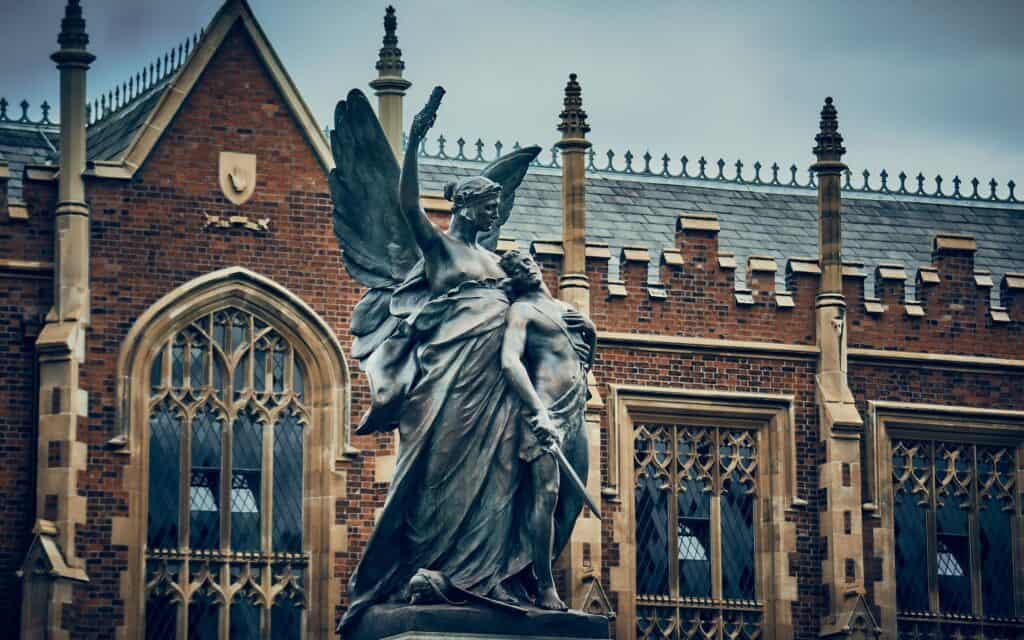
Brian Friel was also a member of The American Academy of Arts and Letters, The British Royal Society of Literature, and The Irish Academy of Letters. In 1974, he was also awarded an Honourary Doctorate from Rosary College in Illinois, USA. He was featured as a visiting writer at Magee College (Ulster University) from 1970 until 1971.
In 1989, BBC Radio launched “Brian Friel Season”, which was a six-play series devoted to his work. In February 2006, Irish President Mary McAleese presented Friel with a gold torc in recognition of his election to the position of Asoi.
In 2008, Queen’s University Belfast announced its intention to build a theatre in Brian Friel’s honour. Friel attended the opening of the theatre and research centre in 2009.
The National Library of Ireland has 160 boxes of Brian Friel papers. These boxes contain notebooks, manuscripts, correspondence, uncollected essays, photographs and much more from throughout his life.
These prestigious awards and honours are only some of the many that Brian Friel and his works have received throughout his fantastic literary career.
Film Adaptions of Brian Friel’s Works
Many of Brian Friel’s plays were adapted into films. “Philadelphia, Here I Come!” was made into a film directed by John Quested and starring Siobhán McKenna, Donal McCann and Des Cave. It was released in Ireland in 1970.
In 1975, Brian Friel’s “The Loves of Cass McGuire” and “Freedom of the City” were both adapted into films. “The Loves of Cass McGuire” was directed by Jim Fitzgerald and starred Siobhán McKenna as Cass McGuire.
“Freedom of the City” was directed by Eric Till and was adapted for television by Hugh Webster. Starring in this adaptation were Desmond Scott, Gerard Parkes, Cedric Smith and Florence Paterson.
In 1998, Brian Friel’s play “Dancing at Lughnasa” was made into a film directed by Pat O’Connor and starring Meryl Streep as Kate Mundy. Actress Brid Brennan was awarded an Irish Film and Television Award for Best Actor in a Female Role for her part in the film.
There were also some documentaries made about the playwright’s life featuring Brian Friel himself. The first documentary was filmed in 1983 and was called “Brian Friel and Field Day“. It was a short, 45-minute documentary about the writer and his founding of the Field Day Theatre Company.
The second documentary about Brian Friel was made in 1993 and called “From Ballybeg to Broadway“. This documentary is about Friel’s life, from his first production, “Wonderful Tennessee“, to his Tony Award-Winning “Dancing at Lunhnasa“.
Fun Facts about Brian Friel
- Brain Friel has a theatre named after him, the Brian Friel Theatre and Centre for Theatre Research, at Queen’s University Belfast.
- Brian Friel died on 2 October 2015 after a long illness. He was living in Greencastle, County Donegal.
- The surname Friel originates from the Gaelic name O’Firghil.
- Brian Friel had five children: Judy, Mary, Patricia, Sally and David.
- Former United States President Bill Clinton described Brian Friel as “an Irish treasure for the entire world.”
- Brian Friel has said that his play, “Translations“, “should have been written in Irish”.
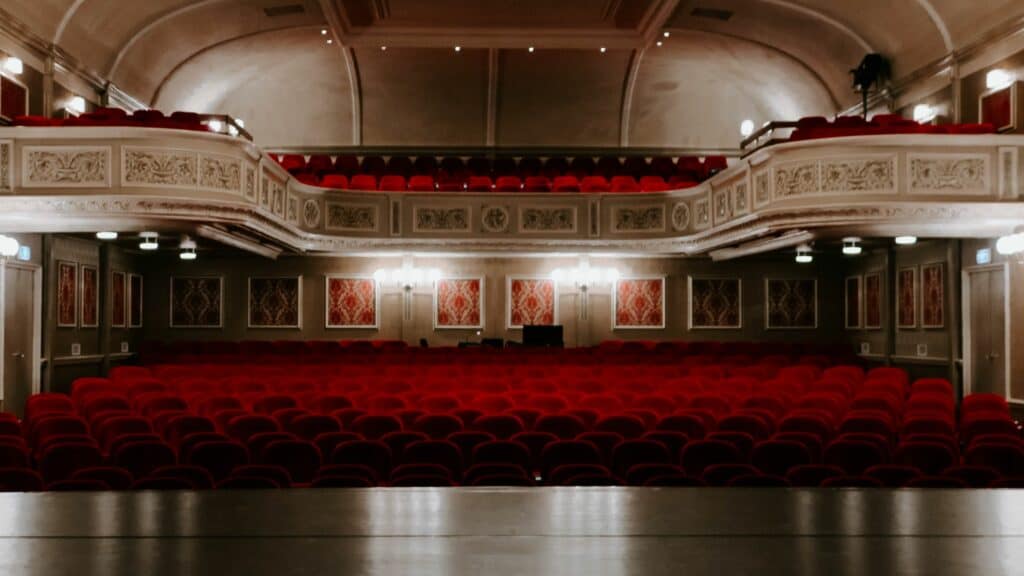
Brian Friel is a World-Famous Playwright from Ireland
Brian Friel’s legacy as a playwright of unparalleled depth and insight into the human condition is undeniable. Throughout his distinguished career, he crafted a body of work that transcends national and cultural boundaries, resonating with audiences worldwide.
Friel’s exploration of themes such as identity, language, memory, and the impact of history and politics on individuals and communities has left an impressive mark on the world of literature and theatre. Friel’s unique ability to capture the essence of Ireland, its rich cultural heritage, and its challenges has made him a literary giant and a narrator of the Irish soul.
Brian Friel’s contributions to the world of literature and theatre are not confined to the stage; they are a reflection of the ever-evolving human experience. His works showcase the enduring power of storytelling to illuminate our shared humanity, confront our deepest fears and desires, and provoke contemplation.
As we explore the life and artistry of Brian Friel, we are reminded that the beauty of his work lies in its ability to resonate on both a personal and universal level. Through his plays, we are invited to reflect on our own lives, grapple with the multifaceted aspects of our identities, and find meaning in the stories we tell and the stories we inherit.
Have you watched or read any of the many literary works by Brian Friel? Say what you thought about it in the comments below!
If you enjoyed this blog about Brian Friel and some of his most famous work and achievements, please enjoy more posts about other famous Irish writers below:
Two Authors | One Man | John Banville Lady Gregory: An Often Overlooked Author | James Joyce: His Life, Work and Legacy | William Butler Yeats: A Poet’s Journey | Irish Author: Cecelia Ahern – Book and Film Success


